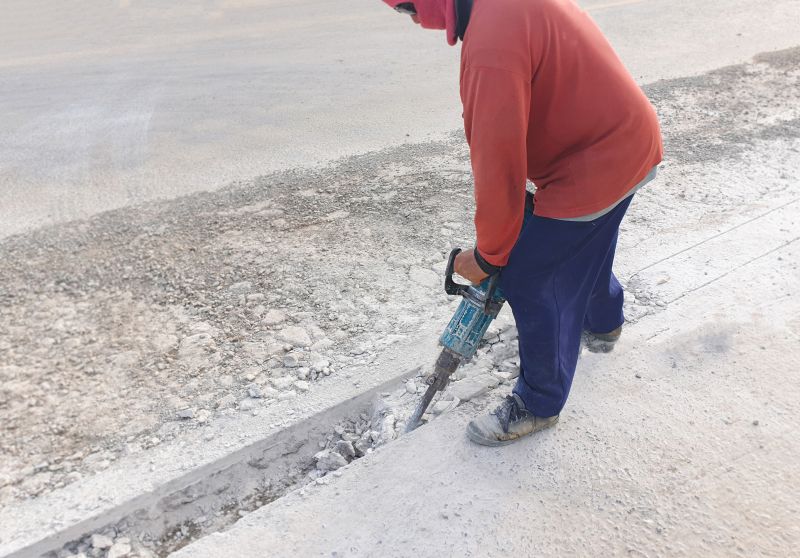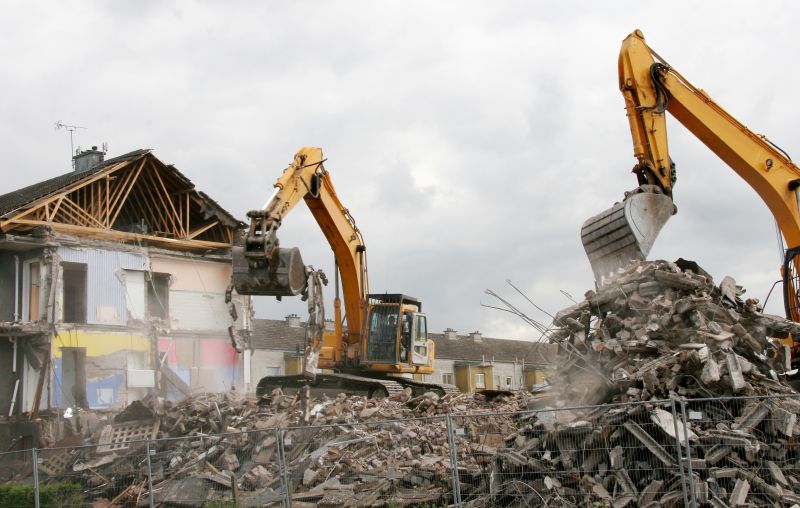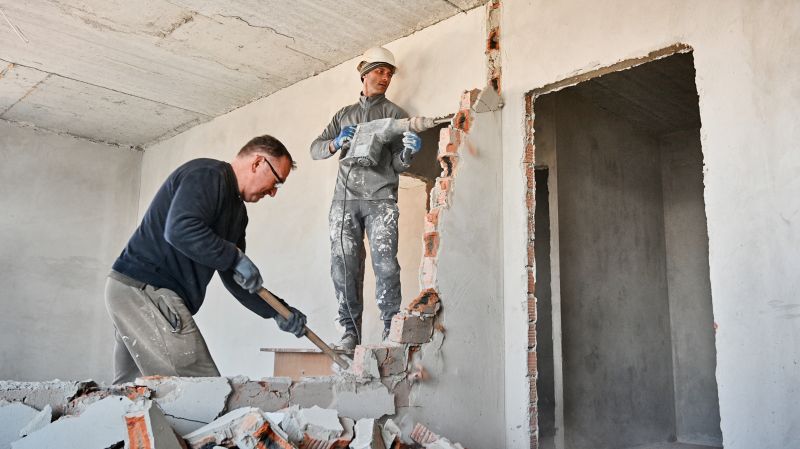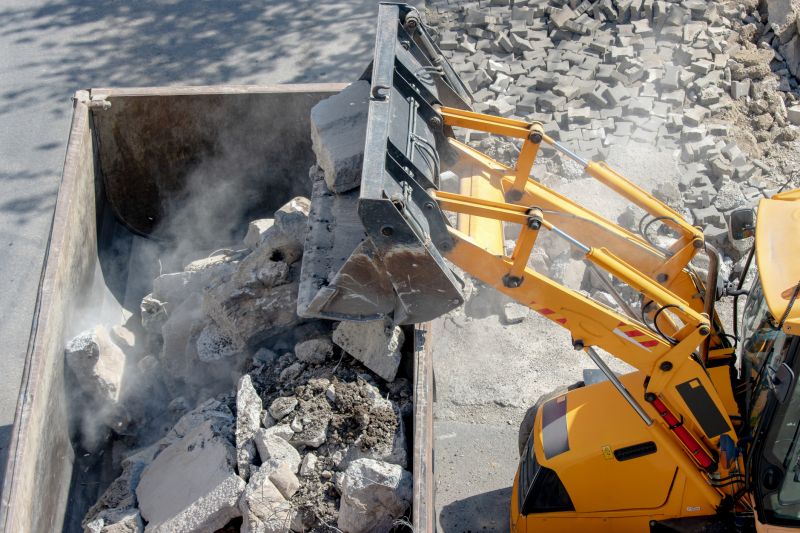Optimal Timing for Demolition Services

Demolition is often scheduled before new construction begins, typically during dry seasons with minimal weather disruptions.

Timing demolition after obtaining necessary permits and during periods of low occupancy ensures minimal disruption.

Early planning allows for scheduling demolition during off-peak times to reduce project delays.

Ways to make Demolition Service work in tight or awkward layouts.

Popular materials for Demolition Service and why they hold up over time.

Simple add-ons that improve Demolition Service without blowing the budget.

High-end options that actually feel worth it for Demolition Service.

Finishes and colors that play nicely with Demolition Service.
Demolition services are essential for clearing sites for new developments, renovations, or infrastructure projects. Proper timing ensures safety, compliance, and cost efficiency. Typically, demolition is best scheduled during periods of stable weather and when access to the site is unobstructed. Coordinating with construction timelines and permit approvals can optimize project flow. Weather conditions such as rain, snow, or high winds can delay demolition activities and increase costs. Therefore, planning demolition during favorable seasons minimizes risks and enhances safety.
Spring and fall often provide ideal weather conditions for demolition projects, reducing weather-related delays.
Inclement weather can cause safety hazards and increase costs, making dry seasons preferable for demolition activities.
Aligning demolition with construction schedules ensures smoother project progression and minimizes downtime.
Obtaining permits early allows scheduling demolition during optimal periods, avoiding delays.

Heavy machinery efficiently handles large structures during optimal weather conditions.

Preparing the site during favorable weather ensures safety and compliance.

Timely debris clearance supports subsequent construction phases.

Proper scheduling enhances safety for workers and nearby residents.

Little measurements that prevent headaches on Demolition Service day.

A 60-second routine that keeps Demolition Service looking new.

A frequent mistake in Demolition Service and how to dodge it.

Small tweaks to make Demolition Service safer and easier to use.
| Factor | Impact on Demolition Timing |
|---|---|
| Weather Conditions | Dry seasons reduce delays and safety risks. |
| Permit Approvals | Early permit acquisition allows for scheduling during optimal periods. |
| Construction Schedule | Aligning demolition with construction phases minimizes downtime. |
| Site Accessibility | Clear access during favorable weather improves efficiency. |
| Environmental Hazards | Avoiding extreme conditions reduces hazards and costs. |
| Worker Safety | Scheduling during safe weather conditions protects personnel. |
| Project Budget | Proper timing can decrease overall expenses. |
| Community Impact | Planning avoids disruptions during peak activity times. |
Choosing the right time for demolition involves considering multiple factors to ensure safety, efficiency, and cost-effectiveness. Proper planning and coordination with project timelines can lead to smoother operations. Consulting with experienced demolition professionals can help identify the most suitable periods based on local climate patterns and project requirements.

Heavy equipment used during optimal weather conditions ensures efficient site clearance.

Timely debris removal supports ongoing construction activities.

Assessing site conditions during favorable weather ensures safety and compliance.

Preparing the site during the right season facilitates seamless development.

Lower-waste or water-saving choices for Demolition Service.

The short, realistic tool list for quality Demolition Service.

Rough timing from prep to clean-up for Demolition Service.

Quick checks and paperwork to keep after Demolition Service.
Interested in scheduling demolition services? Filling out the contact form can help determine the best timing based on project scope and local conditions. Proper scheduling can lead to safer, more efficient project completion and cost savings.


